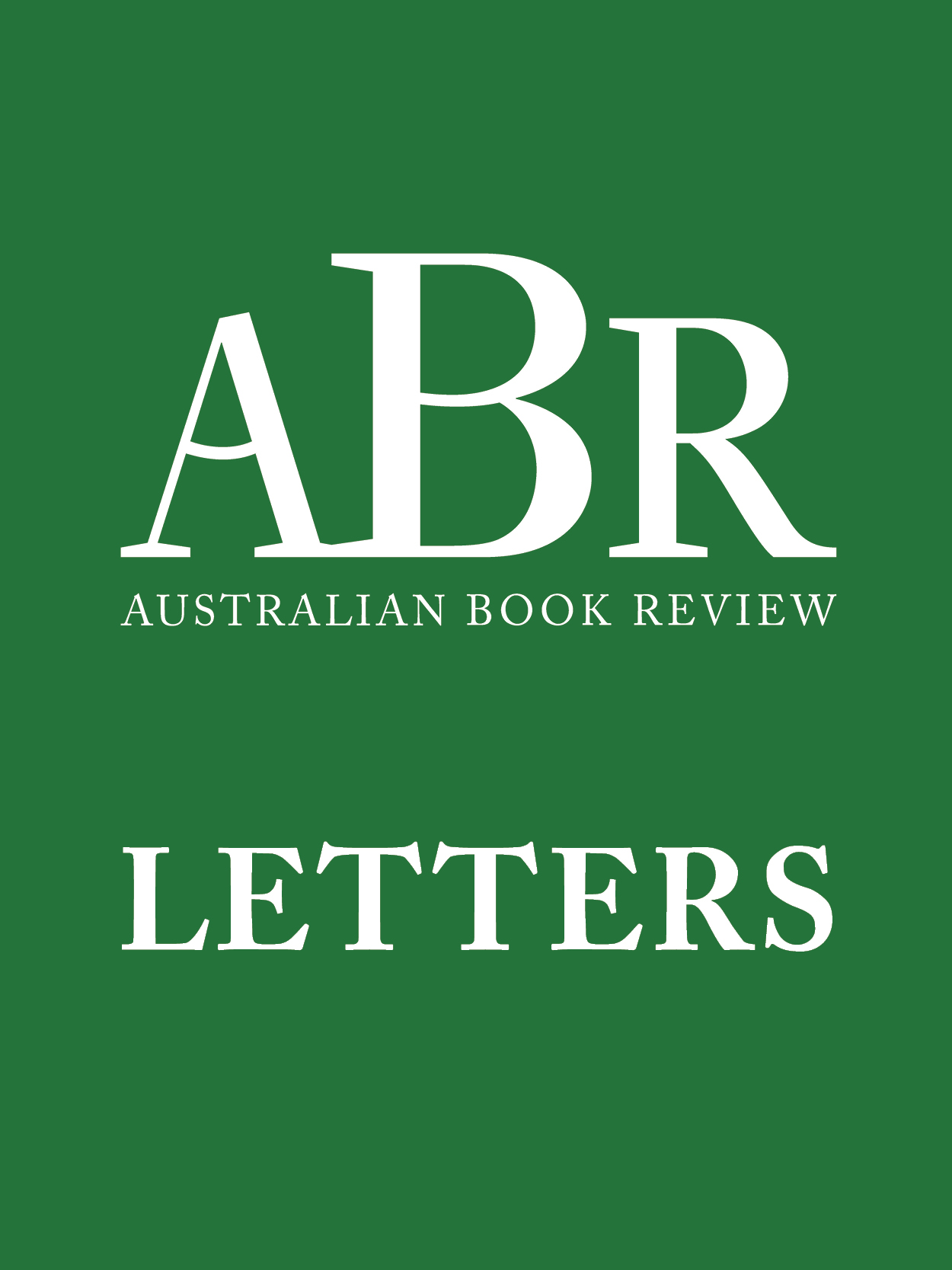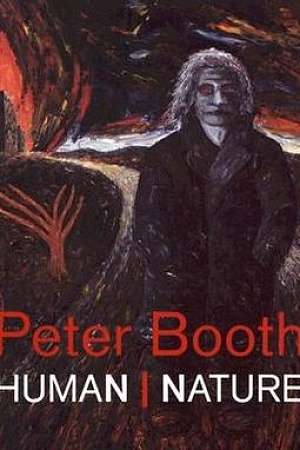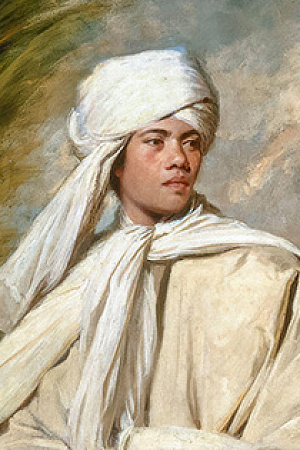Australian Art: A visual perspective
Methuen, 176 pp, 153 colour plates
Rod Hagen reviews 'Aboriginal Australian Art: A visual perspective'
Despite the upsurge in the publication of books about Aboriginal life in recent years and the increased interest in traditional or ‘primitive’ art around the world, very few attempts have been made in this country to either reproduce substantial collections of photographs of Aboriginal art, or to provide serious, but readable. discussions of its relationship to the broader aspects of Australian society. This offering from the Berndts goes some way towards filling the gap between the coffee table glossies and the specialist publications of bodies such as the Australian Institute of Aboriginal Studies.
The Berndts have been producing good. thoughtful books about Aboriginals, aimed at a general readership, for more than thirty years. This volume carries on the tradition that they have established in works such as The World of the First Australians. The Australian Aboriginal Heritage and Pioneers and Settlers. The book is beautifully presented. It contains 153 plates, almost all in excellent colour, all relevant to the text at the point of insertion (descriptive annotations at the end of the book provide further information for those seeking it). On this score alone it can certainly hold up its end of the coffee table in the terraces of Carlton or Paddington.
Continue reading for only $10 per month. Subscribe and gain full access to Australian Book Review. Already a subscriber? Sign in. If you need assistance, feel free to contact us.










Leave a comment
If you are an ABR subscriber, you will need to sign in to post a comment.
If you have forgotten your sign in details, or if you receive an error message when trying to submit your comment, please email your comment (and the name of the article to which it relates) to ABR Comments. We will review your comment and, subject to approval, we will post it under your name.
Please note that all comments must be approved by ABR and comply with our Terms & Conditions.